Cultivating inner silence through meditation, contemplation, or being present in the moment allows the subtle voice of the soul to emerge. Introspection is another vital key, involving an honest and compassionate examination of thoughts, emotions, beliefs, and patterns. This self-inquiry is not about harsh judgment, but understanding the veils that obscure the soul's light and gently lifting them.
Awakening the inner soul is a transformative process that involves uncovering our truest, most authentic self. This process can begin with dissatisfaction with superficiality, yearn-ing for deeper meaning, or moments of unexpected clarity. It can be triggered by profound joy, sorrow, quiet moments in nature, or resonance found in art or music. The journey of awakening the inner soul is deeply personal and unique to each individual, but common threads weave through this transformative process.
As the soul awakens, our perception of life shifts, with the fierce grip of the ego loosening and a greater sense of interconnectedness with all beings and life itself. Joy becomes less dependent on external circumstances and compassion blossoms as we recognize our own soul and see the divine spark in others. This awakening brings newfound clarity, as priori-ties reorient themselves around meaningful connections, creative expression, acts of ser-vice, and a life lived in accordance with our deepest values.
Jatala Sadhu, also known as Sri Rama Viswambharadas, Junior Guru Maharaj, and Gayatri Baba was a legendary Aghori saint with a profound spiritual presence and fierce indepen-dence. His life story, philosophy, miracles, and ongoing veneration at his samadhi shrine are a testament to his profound teachings and enduring influence. His life journey contin-ues to inspire generations, and his teachings continue to inspire seekers. Discover the roots of ancient spirituality and find your own path to enlightenment by exploring his life, teachings, and the enduring influence of Jatala Sadhu. His life journey continues to inspire seekers across generations, making him a beacon of spiritual wisdom and cultural heri-tage.
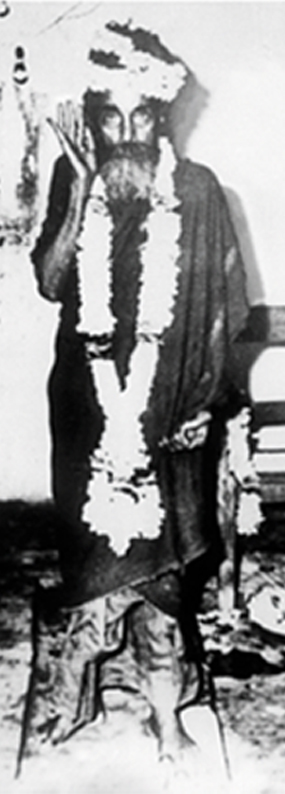
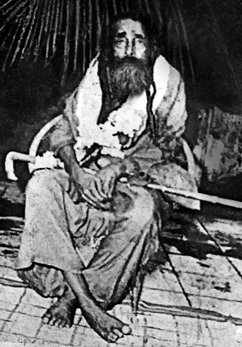
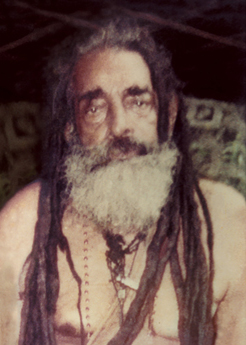
Jatala Sadhu, also known as Sri Rama Viswambharadas, is venerated at a dedicated mandir (temple) in Hyderabad, Telangana. This site is not only a center for his devotees but also part of a larger spiritual complex that hosts several other temples and shrines.
Location:
The Jatala Sadhu Mandir is located in Dharmapuri Kshetra, Deepthisri Nagar, near Miyapur in Hyderabad, Telangana, India.
G84R+VJ8, Darmapuri Temple Rd, PJR Layout, Miyapur, Hyderabad, Telangana 500050.
About the Ashram/Mandir:
The mandir is part of a peaceful temple complex that includes shrines for Shri Sai Baba, Nam-pally Baba, Dattatreya, Abhaya Anjaneya Swamy, and others.
The Jatala Sadhu Mandir is situated to the left of the main entrance, adjacent to the Sai Baba Temple and the Nampally Baba Samadhi Mandir.
The environment is described as serene and spiritually vibrant, with devotees noting the posi-tive energy and divine atmosphere of the area.
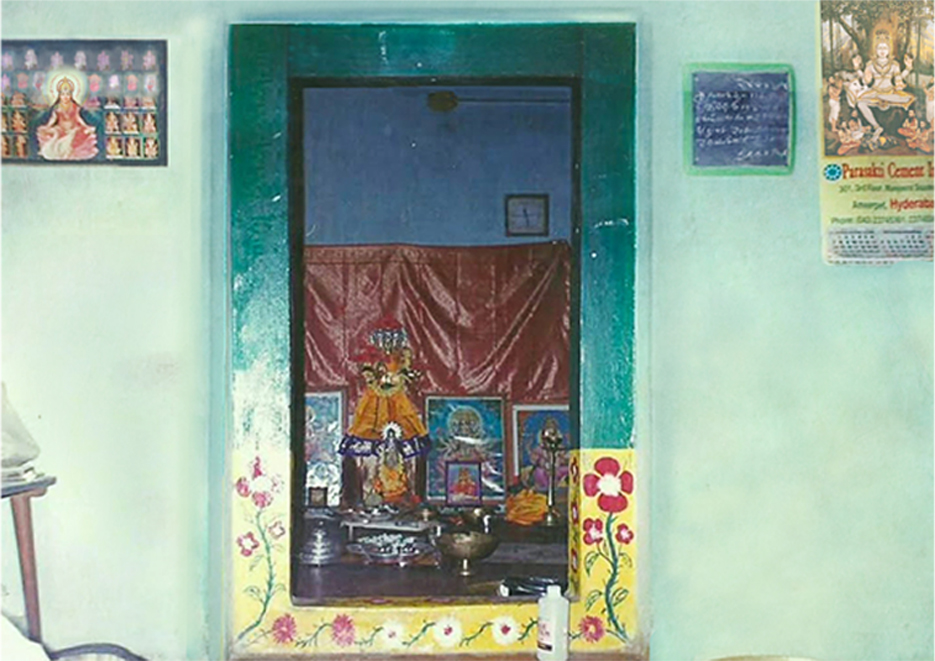
The temple complex is open from early morning (4:30 AM) and hosts daily rituals including Kakad Aarthi, Abhishek, Guru Puja, and multiple Aartis throughout the day.
Special spiritual programs and group prayers (parayana) are performed regularly. Devotees believe that participating in rituals and reading scriptures at the mandir brings blessings and spiritual progress.
Annadanam (free food distribution) and other community events are held on special occasions.
The Jatala Sadhu Mandir is open to all devotees and visitors, and is rated highly by those who have visited. The temple complex is still developing, with ongoing additions such as a museum and new shrines, but remains a tranquil and welcoming space for spiritual seekers.
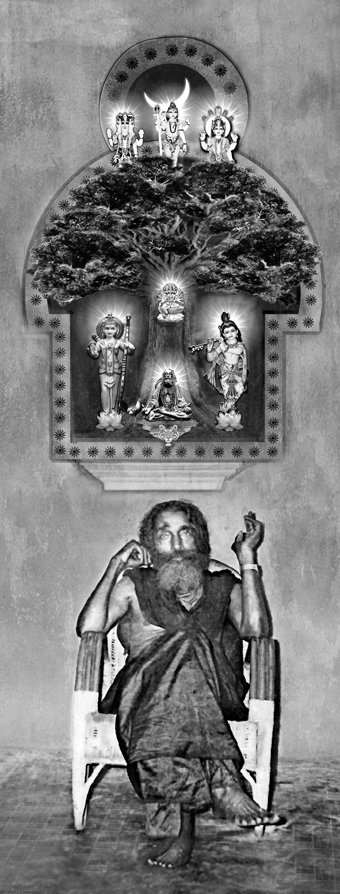
In 1976, under the leadership of Sethji from Bombay, the ashram of Sri Jatala Sadhu was constructed and named 'Gayatri Sadanam'. At that time, Swamiji commissioned a sculptor to create a remarkable work of art in cement on the southern wall of the hall on the upper floor of the ashram. Jatala Sadhu was generally averse to publicity about himself; if anyone wrote articles abouthim in newspapers, he would summon them and request that they not write again. He preferred to reveal his spiritual stature only to disciples, manifesting his glory as Vishwambhara in a subtle manner through this sculpture.
The sculpture depicts the entire universe as an ever-expanding and evolving banyan tree. Swamiji himself, as the primordial Guru, is seated in a meditative pose (Gnana Mudra) with the gesture of knowledge at the base of this great tree. Above him stands Veda Mata Gayatri, symbolizing the spread of Vedic wisdom as branches supporting the universe, appearing as the protector of all creation.Above Veda Mata Gayatri, on the branches, are the Trimurtis—Brahma, Vishnu, and Maheshwara—representing the principles of creation, preservation, and dissolution, shining as external symbols of the supreme consciousness that transcends time and space.
To the right of Swamiji is Sri Rama, the embodiment of Dharma, and to the left is Sri Krishna, the embodiment of wisdom—both depicted as incarnations on earth, upholding righteousness and protecting the virtuous (Dushta Sikshana Shishta Rakshana). The entire universe is portrayed as this cosmic banyan tree, subtly conveying the path and goal that all beings must follow and attain.
This sculpture, personally designed and executed by Jatala Sadhu, stands as a testament to his dedication to the welfare of the world.
Lorem ipsum is placeholder text commonly used in the graphic, print, and publishing industries
Lorem ipsum is placeholder text commonly used in the graphic, print, and publishing industries

Lorem ipsum is placeholder text commonly used in the graphic, print, and publishing industries
Lorem ipsum is placeholder text commonly used in the graphic, print, and publishing industries for previewing layouts and visual mockups
View Gallery